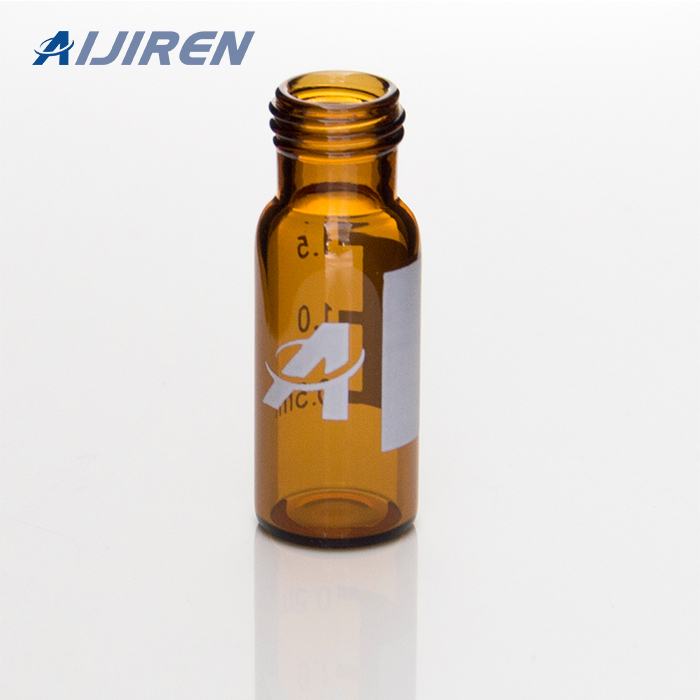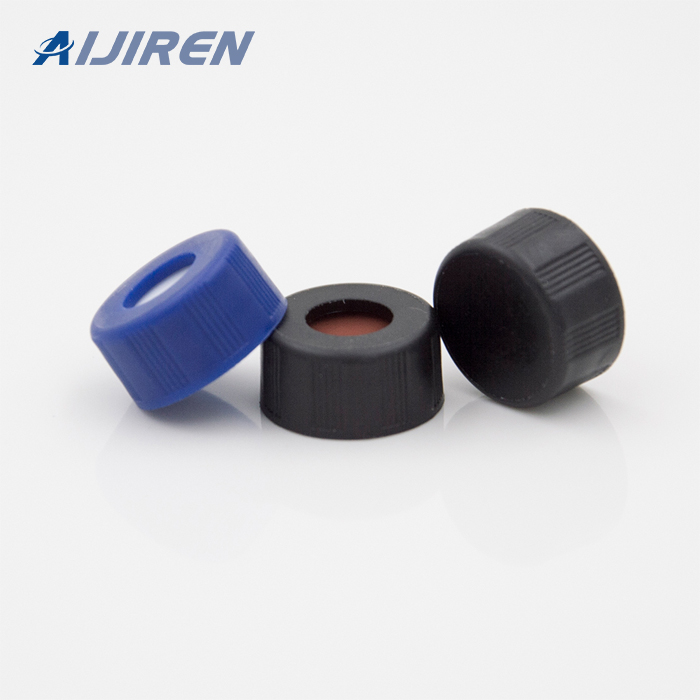

Study with Quizlet and memorize flashcards containing terms like Optical properties allow scientists to focus on the __________ and manipulation of light., When selecting a material for a specific job or application, thermal properties must be considered. Which one of the following does this include?, Extreme caution must be taken when handling which of the following? and more.
desirable properties for processing and stability in use. Tungsten carbide has high strength and hardness at high temperature. In composites, a general rule is that mechani-cal properties such as strength and stiffness tend to increase as reinforcement length increases.4 Particulate can be considered to be the limit of short fibers.
Jan 24, 2022 · Cost. Type III glass is the most affordable and type I glass is the most expensive. Type III glass is more readily available, due to type I glass needing extra manufacturing to make it more durable and resistant. Type II glass costs a little more than type III glass seeing as it requires a sulfur treatment (and sometimes dye) to help it resist
include the Handbook on Materials for Superconducting Machinery and the LNG Materials & Fluids. Neither has been updated since 1977 and are currently out of print. While there is a great deal of published data on cryogenic material properties, it is often difficult to find and not in a form that is convenient to use.
A vial (also known as a phial or flacon) is a small glass or plastic vessel or bottle, often used to store medication in the form of liquids, powders, or capsules. They can also be used as scientific sample vessels; for instance, in autosampler devices in analytical chromatography.
Zinc Sulfide (ZnS) Produced using the Chemical Vapor Deposition (CVD) process, Vital Materials provides both multispectral (visible through 3-5µm and 8-12µm IR ranges) Zinc Sulfide and regular IR grade Zinc Sulfide lenses and blanks. IR Zinc Sulfide lenses display a high level of index of refraction homogeneity and offers imaging uniformity
Jul 12, 2022 · Nuclear energy offers a wide range of applications, which include power generation, X-ray imaging, and non-destructive tests, in many economic sectors. However, such applications come with the risk of harmful radiation, thereby requiring shielding to prevent harmful effects on the surrounding environment and users. Concrete has long been used as part of structures in nuclear power plants, X
Polyethylene terephthalate (PET or PETE) is a general-purpose linear semicrystalline thermoplastic polymer. It belongs to the polyester family of polymers. These resins are known for their excellent combination of properties. These properties include mechanical, thermal, and chemical resistance as well as dimensional stability.
Aug 25, 2022 · Ductility: Ability of a material to be drawn into thin wires. The ductility of steel varies depending on the types and levels of alloying elements present. Malleability: Ability to be drawn into thin sheets once rolled. Examples of malleable metals are zinc, iron, aluminum, copper, gold, and silver. Conductivity. Corrosion Resistance. Stiffness.
In 1991, Gratzel and Regan realized a low-cost solar cell that used liquid dye on a titanium (IV) oxide film. The overall scheme is shown below, and has come to be known as a general approach of dye-sensitized solar cells. The process of light absorption and electrical transfer in a dye-sensitized solar cell.
Borosilicate Glass. This type of glass was invented in 1887 by SCHOTT founder Otto SCHOTT. By adding a high proportion of boron oxide to silicon oxide, as an additional network former in a glass melt, borosilicate glass acquires several outstanding properties that make it ideal for demanding technical applications.
Aug 1, 2021 · Within the biological properties of the tested materials, their cy tocompatibility, as expressed by the MT T and wound-healing assay and by Annexin-V-FITC and 7-AAD staining, can at least be
Apr 1, 2018 · Glass vials can be differentiated by e.g., the chemical glass composition, the thermal expansion coefficient, further surface treatment (such as the presence/absence of surface-modifications or coatings) and the surface properties.
Vials, screw top, clear glass (vial only) volume 60 mL, clear glass vial, thread for 24-400, pkg of 144 ea; find Supelco-23703U MSDS, related peer-reviewed papers, technical documents, similar products & more at Sigma-Aldrich
3.3 Expansion borosilicate glass also complies with ISO 3585 and DIN 12217. Due to the demanding conditions that laboratory glassware is subjected to, maximum chemical toughness, minimum thermal expansion and high resistance to thermal shock are the key properties of 3.3 expansion borosilicate glass that make it the ideal material for use in the laboratory.